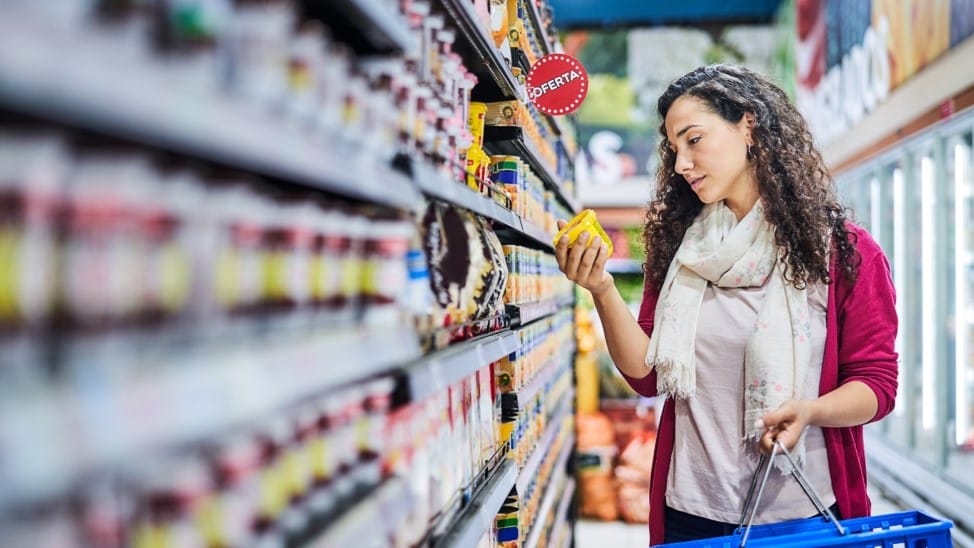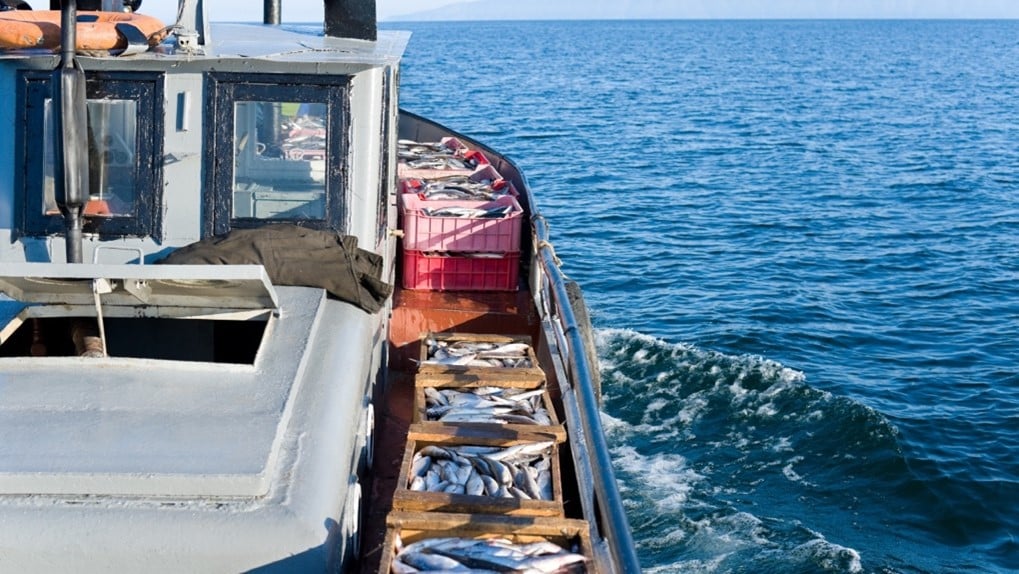Monthly update from our global network of In-Market Representatives about what's going on in markets around the world.
Food Export – Midwest and Food Export – Northeast have developed a network of 19 uniquely experienced In-Market Representatives around the globe. These local marketing experts in the food industry provide Food Export with on-the-ground assistance to implement our various programs and services.
In addition, through regular trade servicing, these local representatives report on local issues, trends, and opportunities for international buyers to connect with suppliers of U.S. agricultural and food products. Every month we share with you some of the top market insight from the trade servicing reports we receive in order to improve your international export efforts.
Brazil
Growth in Food Retail Sales
Brazil’s food retail and wholesale sector has achieved 2.7% sales growth in 2024, surpassing projections. Improved employment rates and robust consumer demand, supported by government tax relief initiatives, are driving this growth.
The sector, which represents 9.02% of Brazil’s GDP and employs 9 million people, is optimistic about continued expansion. This presents significant opportunities for U.S. suppliers of premium and innovative food products to tap into Brazil’s evolving market.

Rising Meat Prices in Brazil
Meat prices in Brazil have risen sharply, with a 7.54% increase in October 2024 compared to October 2023. Factors like climate challenges, higher production costs, and a stronger dollar have fueled this trend.
Meat exports surged 30% between January and October, further straining domestic supply. Other staples, such as tomatoes, soybean oil, and coffee, have also seen price hikes.
While inflationary pressures are expected to persist through the holiday season, the rising demand for affordable protein alternatives creates a promising market for US suppliers of plant-based and processed food products tailored to Brazilian preferences.
Coastal States Agree on Total Mackerel Quota for 2025
The coastal states of the North-East Atlantic have reached an agreement on the total allowable catch (TAC) for mackerel in 2025, setting it at 576,958 tons. This marks the lowest TAC in over a decade and reflects a 22% reduction from 2024. The decision aligns with the International Council for the Exploration of the Sea (ICES) recommendations.
However, key stakeholders—Norway, Russia, the Faroe Islands, the UK, the EU, Greenland, and Iceland—could not finalize the distribution of this quota among the states. Discussions on allocation will continue in London on December 16 and 17, 2024.
For Norwegian spring-spawning herring, the states have agreed on a TAC of 401,794 tons, also adhering to ICES advice. The quota for blue whiting, set at 1,447,054 tons for 2025, follows the same guidance.
Years of unresolved quota distribution disputes have impacted the certification of these fisheries. The mackerel fishery lost its MSC certification in 2019, followed by the herring and blue whiting fisheries in 2020.
Iceland Prepares for Potential U.S. Import Tariffs
Iceland’s seafood industry is bracing for potential U.S. import tariffs of 10-20%, as initially proposed by Donald Trump. Iceland’s seafood exports to the U.S. surged by 66% between 2019 and 2023, totaling 34,000 tons worth €297 million. This growth is attributed to key species like cod, haddock, and salmon.
The U.S. is Iceland’s second-largest market for aquaculture exports, ranking fourth for seafood exports overall. Iceland also stands out as the only country to deliver fresh salmon to the U.S. by ship.
The prospect of new tariffs poses challenges for Iceland’s seafood industry, which has significantly strengthened its presence in the American market in recent years.
RFM Certification: A Cost-Effective Alternative to MSC
Alaska’s Responsible Fisheries Management (RFM) certification program is expanding its reach as a cost-effective alternative to other eco-label programs. RFM recently updated its standard for sustainable fisheries, garnering global interest.
Unlike other programs, RFM does not charge logo license fees and emphasizes the country of origin on its labels—a feature highly valued by US consumers. For example, fisheries for Pacific whiting and US Gulf of Mexico shrimp use a “USA” version of the label, while Alaskan fisheries highlight “Alaska” as the origin.
Certified fisheries receive certification for five years but must undergo annual audits. Key U.S. seafood companies, including Trident and American Seafoods, hold RFM certifications.
Since transferring to the nonprofit Certified Seafood Collaborative in 2020, the RFM program has pursued global expansion. A recent collaboration with the Global Seafood Alliance further underscores its effort to enter new markets.

Taiwan-U.S. Trade Agreement Set to Take Effect
The first agreement under the Taiwan-U.S. 21st Century Trade Initiative will come into force on December 12, 2024. This agreement focuses on anticorruption, customs administration, trade facilitation, and small- and medium-sized enterprises.
The initiative builds on Taiwan’s ongoing efforts to strengthen its economic ties with the U.S. Taiwanese officials hope this will pave the way for a free-trade agreement, though U.S. negotiations on such deals remain paused.
The agreement reflects the growing economic partnership between Taiwan and the U.S. amid a volatile global environment. Talks on a second agreement, covering labor, environmental issues, and agriculture, are ongoing.

Your Connection To Growth®
©2025 Food Export Association of the Midwest USA and Food Export USA–Northeast. All Rights Reserved.
Food Export–Midwest and Food Export–Northeast prohibits discrimination in all its programs and activities on the basis of race, color, national origin, religion, sex, gender identity (including gender expression), sexual orientation, disability, age, marital status, familial/parental status, income derived from a public assistance program, political beliefs, reprisal or retaliation for prior civil rights activity. (Not all bases apply to all programs.) Persons with disabilities who require reasonable accommodations or alternative means of communication for program information (e.g., Braille, large print, audiotape, American Sign Language, etc.) should contact us. Additionally, program information may be made available in languages other than English.
To file a program discrimination complaint, complete the USDA Program Discrimination Complaint Form, AD-3027, found online https://www.ascr.usda.gov/filing-program-discrimination-complaint-usda-customer.
Food Export–Midwest and Food Export–Northeast reserve the right to deny services to any firm or individual which, in the sole opinion of Food Export–Midwest and Food Export–Northeast, does not comply with FAS, MAP or Food Export–Midwest and Food Export–Northeast regulations or policies, or otherwise offer the best opportunity to achieve its mission of increasing food and agricultural exports. Submission of any false or misleading information may be grounds for rejection or subsequent revocation of any application or participation. Food Export–Midwest and Food Export–Northeast are equal opportunity employers and providers.
